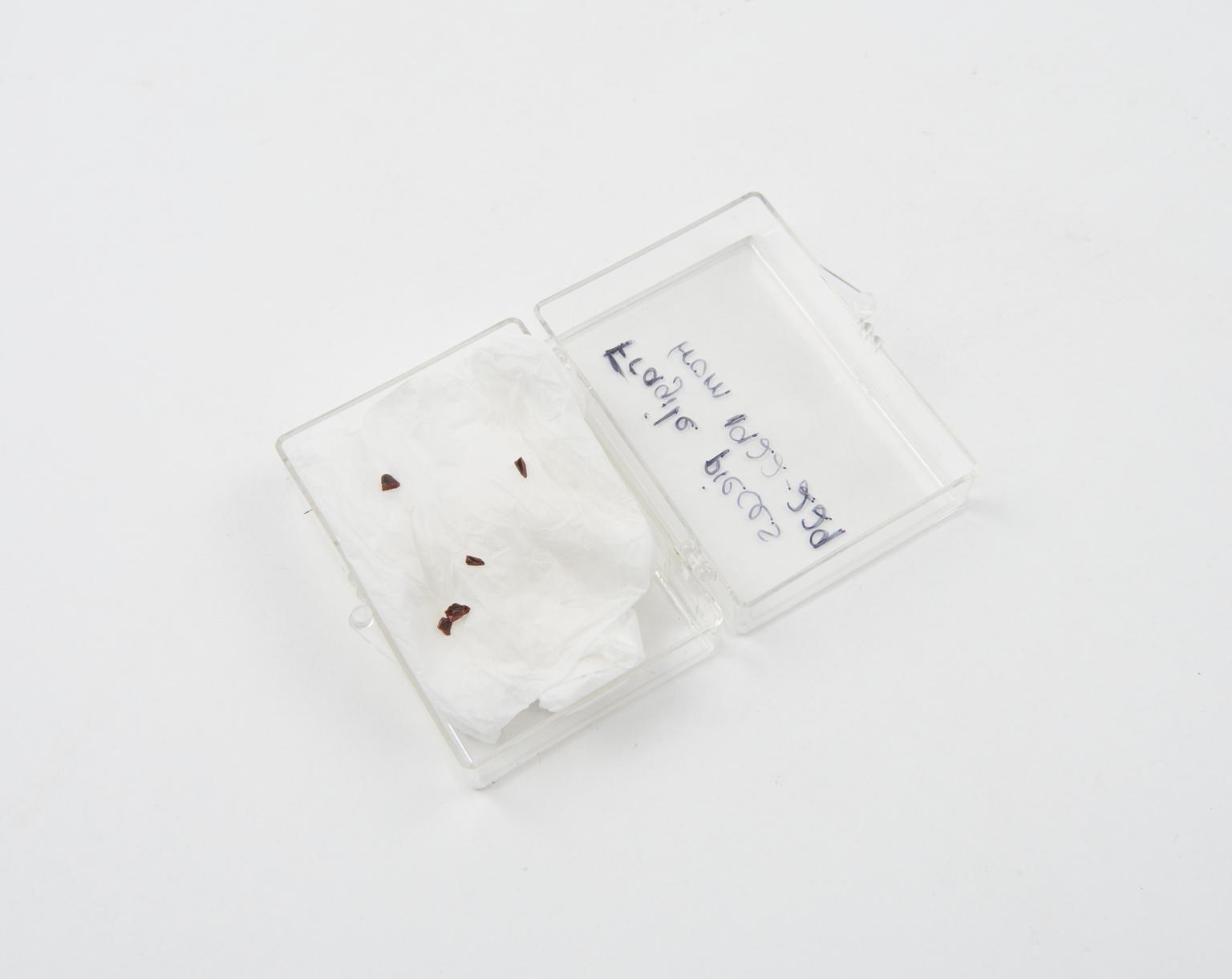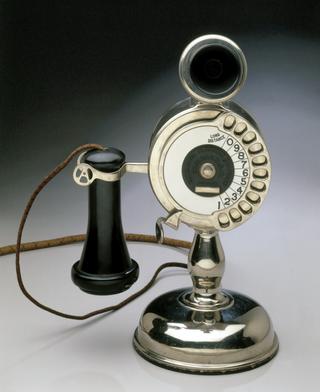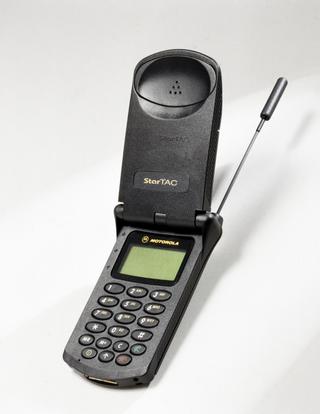Three-nail microphone, 1875-1880
French-nail microphone used by D.E. Hughes together with one small gauze-covered box, probably made by David Edward Hughes, England, 1875-1880.
More
The development of the microphone owes much to David Edward Hughes (1831-1901). Building on the work of Willoughby Smith and Sir William Thomson, Hughes attempted to detect changes in the resistance of wire with sound. He discovered that these changes occurred only when his stretched test wire broke and when he touched the ends together. He found that light but constant pressure was the only essential, and in place of the wire tried a single nail resting lightly on two others. Hughes did not patent his discoveries, meaning that subsequent inventors were able to make use of them without giving Hughes the credit.
- Measurements:
-
overall: 21.5 mm x 60 mm x 31 mm,
- Materials:
- wood (unidentified) , wax , metal (unknown) and copper (alloy)
- Object Number:
- 1922-229/1
- type:
- microphone














